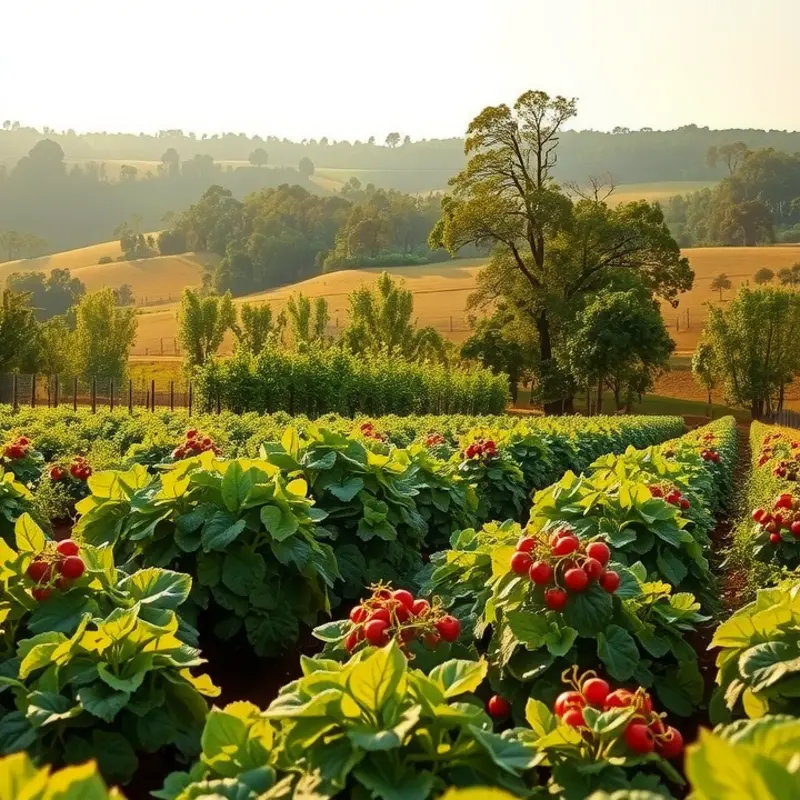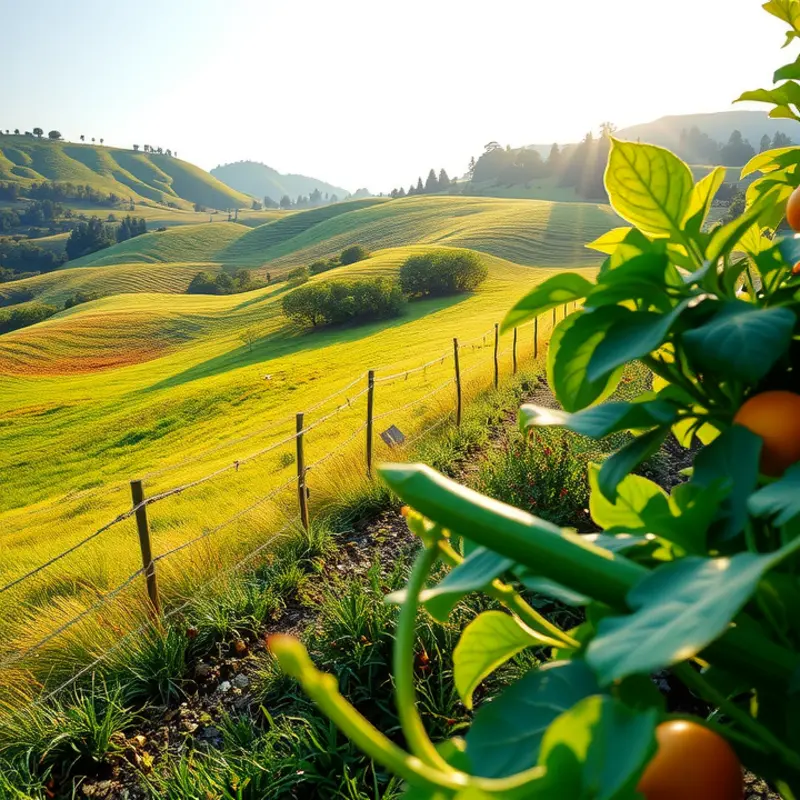Fresh herbs can elevate any dish, but they often deteriorate quickly, leading to waste. Learning how to store them effectively can not only preserve their flavor and vitality but also help you manage food better at home. Here, we explore practical and straightforward methods to ensure your fresh herbs stay vibrant for longer, helping you minimize waste while enjoying their culinary benefits.
Keeping It Fresh: The Best Ways to Store Herbs

Storing fresh herbs properly can significantly extend their lifespan and preserve their vibrant flavors. Understanding the best storage techniques for various types of herbs is key to maintaining their freshness and reducing food waste.
Tender Herbs
Basil, cilantro, and parsley are classified as tender herbs. They thrive in moisture and are best stored using the “bouquet method.” To apply this technique, trim the herb stems and place them in a container with a few inches of water, similar to how you would store fresh flowers. Cover loosely with a plastic bag to retain humidity, and place the container on the counter out of direct sunlight, rather than in the fridge. Basil, in particular, prefers this method as cold temperatures affect its flavor.
Hardy Herbs
Thyme, rosemary, and sage fall into the hardy herb category and require a different approach. These herbs are best preserved by wrapping them in a damp paper towel and placing them in a resealable bag or airtight container within the fridge. The paper towel retains moisture while the bag prevents them from drying out. Make sure to check the towel occasionally, ensuring it remains lightly damp.
Freezing Herbs
For those planning long-term storage, freezing is an optimal choice. While the texture changes slightly upon thawing, the essential oils—and thus the flavor—remain intact. Chop the herbs and place them into an ice cube tray. Cover with water or olive oil, then freeze. These herb cubes can be conveniently added directly to dishes as needed. This method works exceptionally well for herbs like dill, chives, and mint.
Drying and Storing
Drying herbs is another effective way to keep them usable over extended periods. The challenge is to do this without losing their rich aromas. Air drying is suitable for sturdy herbs. Simply bundle a small bunch together, secure with a string, and hang in a well-ventilated, dim area. Once fully dried, store them in a cool, dark place, sealed in air-tight containers. For parsley and cilantro, which are more tender, using a dehydrator or low-temperature oven setting can provide better results.
Each herb’s unique requirements highlight the importance of tailored storage solutions. Mastering these techniques also aligns with sustainable kitchen practices, ensuring minimal waste and promoting a more eco-friendly culinary space.
By integrating these methods into your routine, you effectively safeguard the quality of your herbs, allowing you to enjoy their potent flavors beyond immediate use. As a result, you’ll not only enhance the taste of your dishes but also contribute actively to reducing food waste in your kitchen.
Beyond Fresh: Creative Preservation Techniques for Herbs

Preserving herbs is not only a way to extend their freshness but also a method to harness their flavors long after they’re harvested. When faced with an abundance of herbs, freezing, drying, and infusing offer versatile solutions that respect each herb’s unique qualities.
Freezing Herbs
Freezing is one of the simplest techniques to preserve the color and flavor of herbs. Begin by washing and drying them thoroughly. Then, chop the herbs and place them in an ice cube tray, filling each section about halfway. Top off with water or olive oil—a great choice for herbs like basil or rosemary that work well with oil. Once frozen, transfer these cubes into a resealable bag for easy use in soups, stews, or sauces. If you plan to use them in dishes where oil is already an ingredient, oil-infused cubes can offer a smooth incorporation.
Drying Techniques
Drying concentrates the flavor of herbs, making them a potent addition to seasoning blends and rubs. There are several methods to achieve perfectly dried herbs. Air drying is gentle and effective for herbs with low moisture content like oregano and thyme. Tie small bundles together and hang them upside down in a dry, dark, and well-ventilated area. Alternatively, use a dehydrator for herbs with higher moisture levels, like basil. Spread the leaves on trays, ensuring adequate space for air circulation, and set the dehydrator to a low temperature. Store the dried herbs in airtight containers away from light and heat for best results.
Infusing Flavors
Infusion is an elegant way to capture the essence of herbs. Vinegar and oil are ideal mediums, creating vibrant, flavored oils and vinegars that enhance any culinary creation. For an herb-infused vinegar, pick either white wine or apple cider vinegar, which complement herb flavors well. After washing and drying the herbs, gently bruise them to release their oils before submerging them in the vinegar. Let the mixture steep in a cool, dark place for a few weeks, shaking occasionally. Strain the herbs before bottling the vinegar. Herb-infused oils follow a similar process; ensure the herbs are fully dried to avoid spoilage and heat the oil slightly to speed up the infusion process.
Using these techniques not only prevents food waste but also helps retain the flavor profile of each herb effectively. Embrace these methods for a kitchen stocked with your seasonal favorites all year round.
Final words
Storing fresh herbs doesn’t have to be complicated. By applying simple methods such as refrigeration, water storage, and preservation techniques, you can significantly extend the life of your herbs and enhance your culinary experiences. These strategies help reduce food waste, optimize your kitchen, and ensure that those delightful flavors are on hand whenever you need them. Implement these tips today, and enjoy the vibrant taste of herbs in your meals while promoting a more sustainable kitchen environment.







